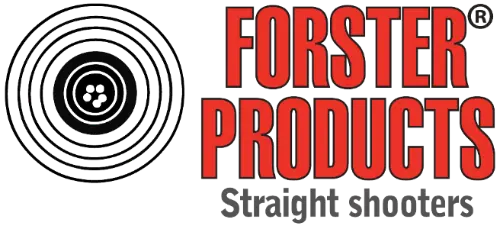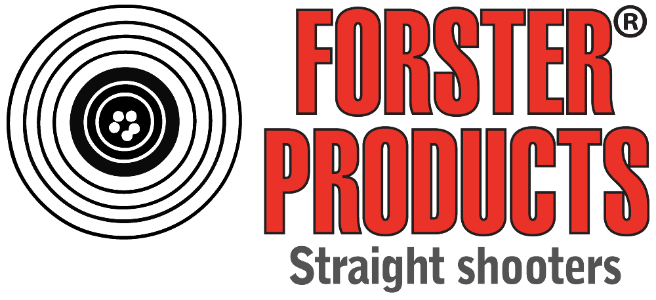Have you heard of neck honing for a standard sizing die? Forster is one of the few manufacturers still offering this specialized service—and it can make a significant difference in the consistency and longevity of your brass. Let’s dive into why this service might be a game-changer for your reloading process.
Why Standard Sizing Dies Can Overwork Your Brass
When manufacturers like Forster, Hornady, RCBS, and Redding design standard sizing dies, they have to account for a range of brass thicknesses. To ensure that all brass—regardless of wall thickness—can be sized properly, these dies are made to accommodate even the thinnest brass. This results in a scenario where thicker brass gets overworked, leading to excessive tension and, in some cases, premature brass wear.
Take the example of a .308 Winchester round. The standard sizing die will size the neck to .327″. With brass that has a neck wall thickness of .011”, the result is .003” of neck tension before the expander ball is removed—just enough to set a consistent bullet grip.
However, if the brass has a .014” neck wall thickness, the sizing die will work the brass significantly more: .009” of neck tension before the expander ball is removed. This leads to .0045” of material being moved per side, putting unnecessary stress on your brass and potentially affecting its lifespan. Over time, this can contribute to case neck runout and damage the brass.
Bushing Dies: A Better Solution—But Not Without Trade-Offs
In response to this, many reloaders have turned to bushing dies, which allow for more precise control over neck sizing. By using a bushing to size the neck, you can reduce the amount of brass worked, minimizing damage and improving consistency. However, bushing dies come with their own set of challenges. The space between the bushing and the die body can create a slight gap at the neck-shoulder junction, which can lead to what’s known as a “donut” — a thicker ring of brass that can affect accuracy and bullet seating.
Moreover, bushing dies don’t address the inside of the neck. If the neck wall thickness varies, this can transfer unevenly to the inside of the neck and impact bullet seating consistency.

How Forster’s Neck Honing Service Solves These Issues
Forster’s neck honing service is a more effective solution for addressing these challenges. By honing your die to a specified diameter, we reduce the amount of brass that is worked during sizing, especially at the neck-shoulder junction, significantly lowering the risk of donuts. Additionally, honing ensures the neck is properly sized all the way to the junction, resulting in better uniformity and fewer inconsistencies.
Our honing service costs just $17 on top of the die price—less expensive than a bushing and far more effective in increasing precision. Here’s what it offers:
- Reduced brass work: Less material is moved, preserving the life of your brass.
- No donuts: The die is honed to ensure even sizing to the neck-shoulder junction.
- Improved consistency: Your brass will have consistent neck tension, even with slight variations in brass thickness.
Custom Neck Honing When You Order On Our Website
What to Keep in Mind
Forster recommends honing your die to .004” under your loaded round’s neck dimension. This ensures that the expander ball only bumps the neck by .001” per side to set the ideal .002” neck tension. This process offers several key benefits:
- It cleans up any variations in neck wall thickness.
- It provides consistency across different brass lots—unlike a bushing die, which may not adjust well to thinner brass.
By choosing our honing service, you’re investing in a more efficient, longer-lasting die that keeps your brass working like new.
Learn More and Order
If you have any questions about this service or simply want to go through the numbers on your specific caliber feel free to reach out.
Honing can be done on the Forster Die that you have currently in your possession by sending it in along with THIS completed pdf (click here). Or, we can hone your new Forster Die before it comes to you.
If you have any questions or need assistance, don’t hesitate to reach out. We’re here to help you optimize your reloading setup!

